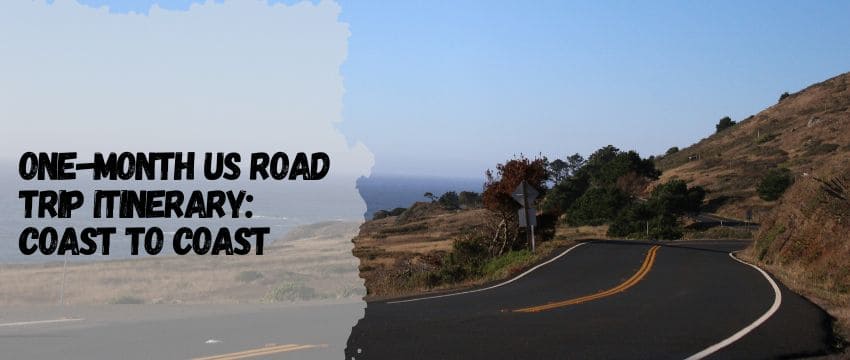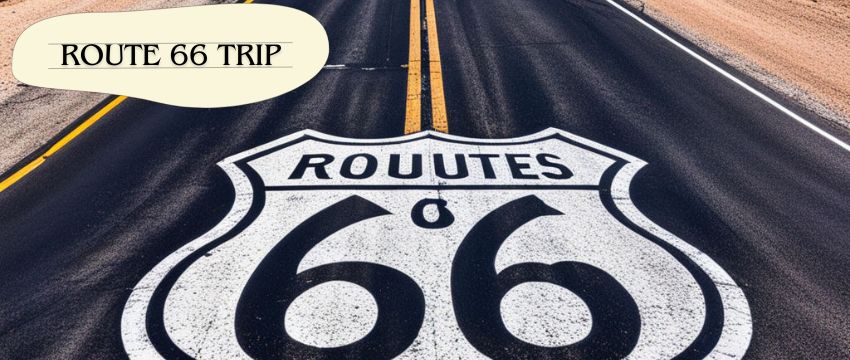Introduction: The Quest for Stress-Free Driving
Driving should be a joy, not a chore—a seamless experience where open roads and courteous drivers replace gridlock and road rage. While every state has its challenges, some stand out for their driver-friendly infrastructure, low traffic density, and straightforward navigation. After analyzing road quality, accident statistics, and driver behavior, Nebraska emerges as the easiest state to drive in. This article explores why Nebraska’s highways and byways offer a stress-free driving experience, examines the factors that make a state “easy” to navigate, and provides practical insights for both novice and seasoned drivers.
Why Nebraska? The Anatomy of a Driver’s Paradise
Nebraska’s reputation as a driving haven stems from its unique combination of geographic simplicity, well-maintained infrastructure, and low population density. The state’s 77,358 square miles are crisscrossed by straight, wide highways like Interstate 80, which cuts east-west with minimal curves or elevation changes. Unlike mountainous states such as Colorado or congested metros like Los Angeles, Nebraska’s flat terrain and grid-style road systems reduce the cognitive load on drivers.

Road Quality: Nebraska invests heavily in infrastructure, with 93% of its roads rated in “good” or “fair” condition by the Federal Highway Administration. Potholes, a common nuisance in states like Michigan or Pennsylvania, are rare here. Winter maintenance is equally robust; snowplows and salt trucks deploy swiftly during storms, keeping major routes like Highway 2 and Highway 83 clear.
Traffic Volume: With just 19.6 people per square mile (compared to New Jersey’s 1,263), Nebraska’s roads feel refreshingly empty. Even Omaha, the largest city, avoids the gridlock plaguing cities like Atlanta or Chicago. Rush “hour” here is a mild 20-minute slowdown.
Driver Behavior: Nebraskans are known for Midwestern politeness. Tailgating, aggressive lane changes, and honking are rare. A 2022 study by Zutobi ranked Nebraska drivers as the third-most courteous in the U.S., contributing to a calmer driving environment.
Safety: Nebraska boasts one of the lowest fatal accident rates (8.6 per 100,000 residents) in the nation. Wide shoulders, clear signage, and ample lighting on rural roads further reduce risks.
Key Factors That Make a State Easy to Drive In
- Simple Road Layouts: Grid systems (e.g., Lincoln’s numbered streets) minimize confusion.
- Low Traffic Density: Fewer cars mean fewer opportunities for collisions or delays.
- Strong Infrastructure Investment: Well-paved roads and proactive maintenance prevent hazards.
- Predictable Weather Management: Efficient snow/ice removal reduces seasonal dangers.
- Polite Driving Culture: Respectful behavior lowers stress and accident risks.
States like Iowa and Kansas share similar traits but fall short in areas like winter upkeep or urban congestion.
Nebraska’s Roads: A Closer Look at Key Routes
- Interstate 80: This 455-mile stretch across Nebraska is a trucker’s dream. Rest stops like the Sutherland Travel Center offer clean facilities and 24/7 amenities.
- Highway 2: Dubbed the Sandhills Journey, this scenic route winds through grass-covered dunes and ranches, with speed limits of 65 mph and light traffic.
- Omaha’s Dodge Street: The city’s main artery features synchronized traffic lights, reducing stop-and-go frustration.
Challenges in Other States: A Brief Contrast

While Nebraska excels, states like Florida (aggressive drivers) and Montana (high-speed rural roads) pose challenges. Hawaii’s narrow, winding roads and New York’s congestion create stressful environments.
Features of Nebraska’s Driver-Friendly Infrastructure
Feature | Details |
|---|---|
Road Quality | 93% rated good/fair; minimal potholes. |
Traffic Density | 19.6 people/sq mi; minimal urban congestion. |
Safety Metrics | 8.6 fatal accidents per 100,000 residents. |
Winter Maintenance | Rapid snowplow deployment; salted major routes. |
Driver Behavior | Ranked 3rd-most courteous in the U.S. |
Conclusion
Nebraska’s blend of pristine roads, low traffic, and Midwestern hospitality makes it America’s easiest state to drive in. Whether you’re a novice practicing turns or a road-tripper seeking peace, Nebraska delivers a seamless experience.
FAQs
1. What state is the easiest to drive in?
Nebraska is the easiest state to drive in due to its well-maintained roads, low traffic density, and courteous drivers. The state’s flat terrain and grid-style highways minimize navigation challenges, while proactive winter maintenance keeps roads safe. With one of the nation’s lowest fatal accident rates, it’s ideal for stress-free travel. Rural routes like Highway 2 offer scenic drives without congestion.
2. What is the riskiest state to drive in?
Montana is the riskiest state to drive in, with the highest fatal accident rate (22.6 per 100,000 residents). Rural highways often lack lighting, and high speed limits (80 mph) encourage reckless driving. Wildlife crossings, like deer and elk, add unexpected hazards. Icy mountain passes in winter further increase dangers.
3. What are the three safest states to drive in?
Vermont, Massachusetts, and Minnesota are the safest states. Vermont’s low traffic and strict DUI laws reduce accidents. Massachusetts has well-marked roads and aggressive anti-speeding campaigns. Minnesota invests in infrastructure, with 89% of roads in good condition and rigorous driver education programs.
4. Where can a beginner drive?
Beginners should practice in rural areas with light traffic, like Nebraska’s Sandhills or Iowa’s farm roads. Empty parking lots (e.g., suburban malls after hours) are ideal for mastering turns and parking. Avoid complex urban centers until confident. Driving schools in states like Minnesota offer controlled environments.
5. How many hours should a beginner drive?
Beginners should start with 1–2 hour sessions to avoid fatigue. Gradually increase to 3–4 hours as confidence grows. Focus on daytime driving before attempting night trips. Take breaks every 60–90 minutes to stay alert. Practice in varied conditions (rain, highways) after mastering basics.
Hit Nebraska’s open roads and rediscover the joy of driving—no stress, just freedom. 🚗💨
Our team is creating outdoor-gear relevant articles with passion. If our articles can help you to find the correct solutions for your questions, we will be happy about that. In the content creation process, we usually collect accurate and useful information online or offline to compile our content in an organized way. Consequently, we can guarantee that you can discover some expected answers to your questions. We appreciate your time on our site.










